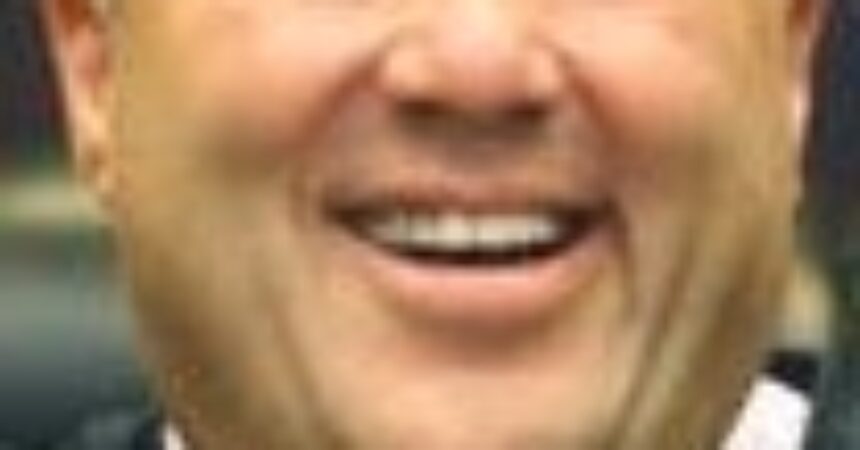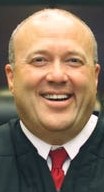
Ask Judge Smith
Oswald, opportunity and Jack Ruby

Judge J. Layne Smith revisits the case in John F. Kennedy’s assassination. Here is Part 7 his series:
Within two hours of JFK’s assassination, the police had arrested Lee Harvey Oswald and moved him to the Dallas Police Station. Arrogant and cocky, he provided interrogators with few direct answers to their questions.
When he did disclose information, he told easily exposed lies. According to one observer, Oswald delighted in being the center of attention. When speaking to the media, he often smirked, denied wrongdoing, and claimed to be the victim.
Oswald’s wife, Marina, and brother, Robert, met privately with him at the police station, and both left convinced of his guilt.
Many people think JFK died at the conspirators’ hands because Jack Ruby murdered Oswald two days after JFK’s death. Standing alone, that event and its timing aroused suspicion. However, upon investigation, no credible evidence exists that Ruby conspired with anyone to murder Oswald.
Who was Jack Ruby? Ruby, the fifth of eight children, was born in Chicago. Raised in Jewish ghettos, he was poor, quick to anger, and prone to fist-fights. As a teen, his contemporaries nicknamed him “Sparky” due to his volcanic temperament, and a juvenile court placed him in a foster home. He lacked formal education and had a low I.Q.
By November of 1963, Ruby had suffered a long string of business failures, and he owned two struggling nightclubs. Like a moth drawn to a flame, he followed the limelight and regularly visited the police station. Ruby sought to ingratiate himself with law enforcement to solicit their business and encourage forbearance. He liked being in the middle of the action.
Ruby had suffered a mental breakdown as an adult, and he was an emotional and volatile man. Upset over the news of JFK’s death, Ruby wept for the Kennedy family and closed his nightclubs for the weekend.
After Oswald’s arrest, Ruby hung around the Dallas Police Station on Nov. 22 and Nov. 23, 1963. As was his habit, he carried a loaded handgun tucked in his waistband. Ruby blended in with the assembled media when police walked Oswald past them or presented him at press conferences. On both dates, Ruby stood close enough to Oswald to kill him. Yet, he did not shoot Oswald until Sunday, Nov. 24, 1963.
The assumption that a conspirator hired Ruby to kill Oswald defies logic and common sense. Why would anyone conspire with Oswald to shoot the President and then hire a hitman to kill Oswald? It would be simpler and less risky to hire a reliable hitman to kill the President.
Oswald shot Kennedy on Friday, Nov. 22, 1963, at 12:30 p.m. At the time, Ruby was at the Dallas Morning News, placing newspaper advertisements for his two nightclubs. While there, he talked with friends and caught up on the news. Newspaper employees testified Ruby was there from noon until 1:30 p.m. They said he appeared stunned to learn someone had shot at the President. By the time Ruby left the Dallas Morning News, Oswald had fled, and Officer Tippit was dead.
It stands to reason that no hitman hired to silence Oswald would have allowed him to be arrested and questioned. Failing that, a hitman would have shot Oswald while in custody, the first chance he got. Ruby passed on opportunities to kill Oswald for two days before shooting him.
Next, I will prove that Ruby never planned to shoot Oswald but acted impulsively. And no plan to kill means that Ruby didn’t conspire with anyone.
The Honorable J. Layne Smith is a Circuit Judge and author of “Civics, Law, and Justice—How We Became U.S.” Send your questions to askjudgesmith@gmail.com.







